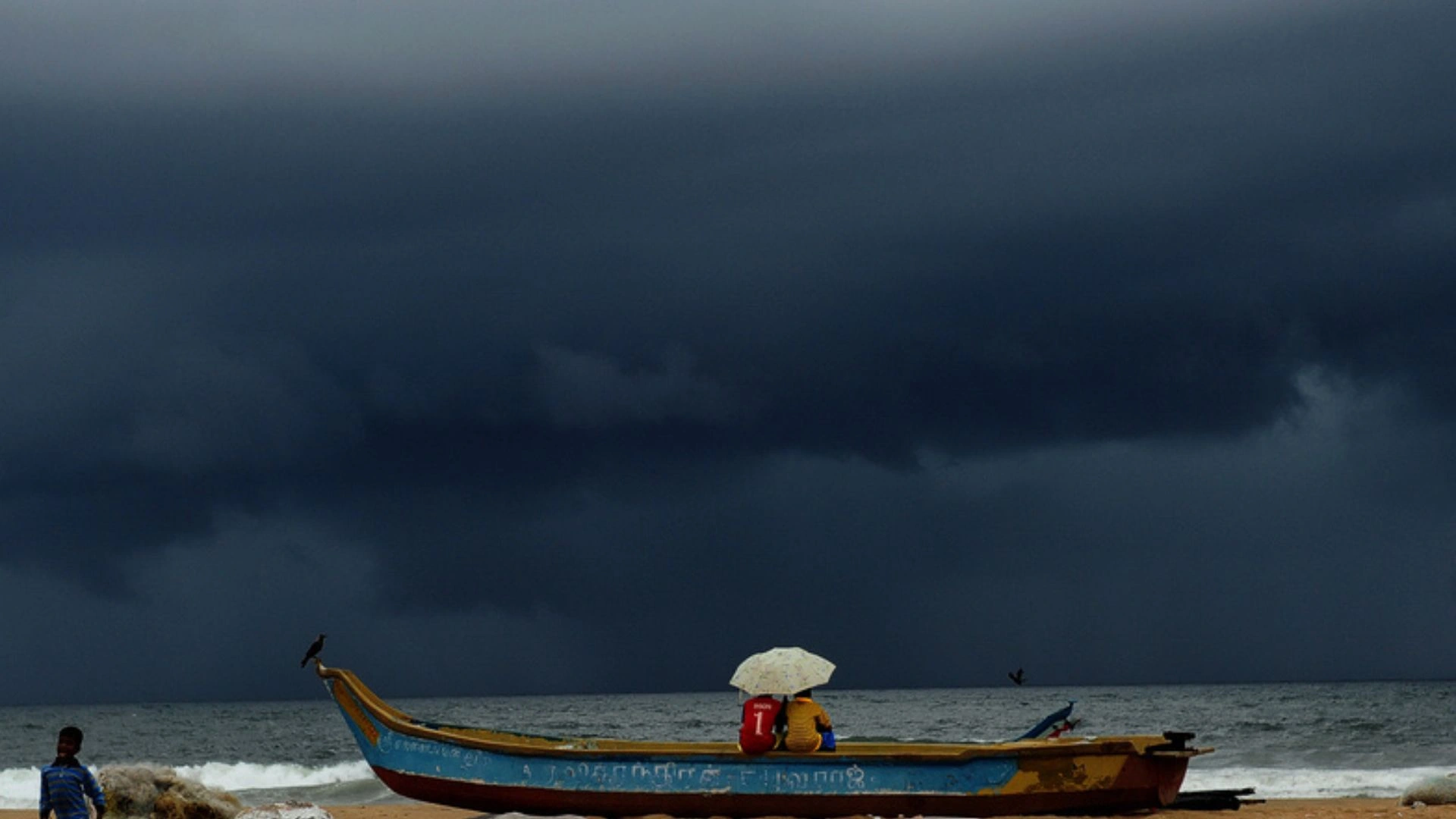A recent World Bank report reveals that the 26 poorest nations, home to 40% of the world’s most impoverished individuals, are facing unprecedented levels of debt, surpassing figures not seen since 2006. These nations are becoming increasingly vulnerable to natural disasters and economic shocks, presenting significant challenges to their recovery efforts.
Economic Struggles Post-Pandemic
The report highlights that these economies are now poorer on average than they were prior to the COVID-19 pandemic. In contrast, many other countries have successfully resumed growth after the pandemic’s disruptions. The findings serve as a stark reminder of the setbacks in the global fight against extreme poverty.
Dependency on the International Development Association (IDA)
As the World Bank prepares for its annual meetings, the report underscores the urgent need to raise $100 billion for the International Development Association (IDA), which supports the poorest countries with grants and low-interest loans. The 26 nations analyzed have per-capita incomes below $1,145 and are increasingly reliant on IDA financing as market options dwindle. Their average debt-to-GDP ratio has surged to 72%, marking an 18-year high, with half of these countries either in debt distress or at high risk of reaching that point.
Impact of Conflict and Instability
Many of the countries surveyed are situated in sub-Saharan Africa, including nations like Ethiopia, Chad, and Congo, along with Afghanistan and Yemen. Notably, two-thirds of these nations are embroiled in armed conflicts or suffer from significant instability, which discourages foreign investment and exacerbates economic volatility. The report indicates that nearly all of these countries rely heavily on commodity exports, leaving them susceptible to fluctuating global markets.
IDA as a Lifeline
World Bank chief economist Indermit Gill emphasized the critical role of IDA in supporting these struggling economies. “At a time when much of the world simply backed away from the poorest countries, IDA has been their lifeline,” he stated. Over the past five years, IDA has channeled significant resources into these low-income economies, helping them navigate the profound challenges they face.
Increasing Natural Disaster Risks
Natural disasters have exacerbated the difficulties for these nations, causing average annual losses of 2% of GDP between 2011 and 2023—five times the average of lower-middle-income countries. The report stresses the need for substantial investments to mitigate these impacts.
Recommendations for Self-Help
In addition to external support, the World Bank report calls for these economies to enhance their self-sufficiency. It suggests improving tax collection mechanisms and public spending efficiency, particularly as many informal sectors operate outside formal tax systems.
(Includes inputs from online sources)
ALSO READ: Trump Flips Fries At McDonald’s: A Drive-Thru Dive Into Pennsylvania Politics

















